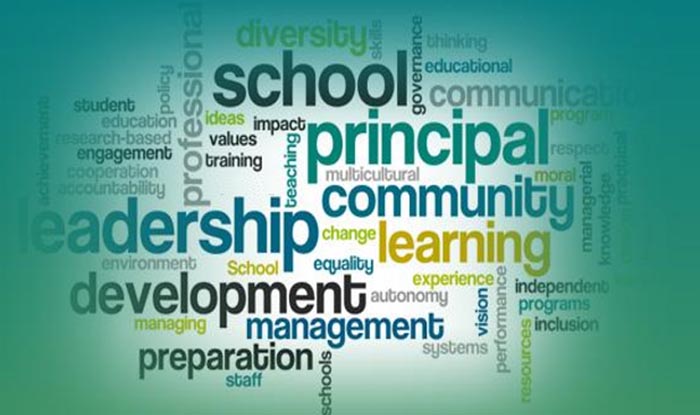
From K-12 Dive
By Kara Arundel and Roger Riddell
Dec. 9, 2021
Dive Brief:
A survey conducted by the National Association of Secondary School Principals reveals the pandemic, political tensions and limited guidance could contribute to a “mass exodus of principals,” the organization said in a statement Wednesday .
The survey found only 35% of respondents “strongly agree” with being generally satisfied as principal of their school. This is down from the 63% who strongly agreed in 2019.
Additionally, principals said the pandemic has affected their jobs, with 79% of principals reporting they have been working harder and 62% saying they are having a more difficult time doing their job than ever before.
Dive Insight:
“While this will impact all students, historically marginalized communities, students of color and those who come from low socioeconomic backgrounds will be disproportionately affected by the departure of our strong and dedicated school leaders,” said NASSP CEO Ronn Nozoe in a statement. “To prevent this, and the irreparable damage it will cause, we must act now.”
Burnout has hit schools and districts at all levels as the COVID-19 pandemic drags toward the end of its second year and controversies over curricular issues are fueled by a variety of interests.
A national survey of teachers from Christopher Newport University in Virginia, released in April, found high levels of stress and varying degrees of anxiety among educators. Additionally, the past year has seen a slew of superintendent resignations and early retirements.
“In November, and in the spring, we had multiple days in which our building of 800 students nearly shut down due to substitute shortages,” Brian Cox, principal of Johnson Junior High School in Cheyenne, Wyoming, told K-12 Dive in August.
Among advice school leaders have previously shared with K-12 Dive:
Embrace distributive leadership, relying on a team of fellow leaders whose specific skill sets can help lessen the overall burden.
Stay connected to peers who can share their own strategies and best practices.
Set boundaries on personal time and stick to them, ensuring work and home stay separated as much as possible.
Rather than treating current challenges as a marathon to run through, pace yourself and use tools like school climate surveys and informal communications to gauge what’s working and where improvements can be made.
In an email, Jessica Cabeen, principal of Ellis Middle School in Austin, Minnesota, and K-12 Dive’s 2021 Principal of the Year, added, “As principals, so much of our work mirrors this visual and the mindsets we need to be successful. Below the surface is the deep and sometimes dark work that is not seen by others.”
That work, she said, can include daily check-ins with struggling students or supportive texts, emails, calls, and cards to staff. School leaders are also facing late nights and early mornings spent finishing tasks that didn’t get done due to substitute shortages, student meltdowns, or other unscheduled and unpredicted events in a day — on top of hours, weeks, and months spent planning schedules, monitoring the success of a new site plan, or reviewing curriculum implementation cycles, Cabeen said.
It’s important for leaders to remember that this largely unseen and often taxing work is critical to big-picture success, she said.
“While at times the work can seem overwhelming, and underappreciated, it is important to link the work beneath the surface to the success you are achieving at the tip of the iceberg,” Cabeen said.
Photo: World Bank Blogs
Read this and other stories at K-12 Dive

